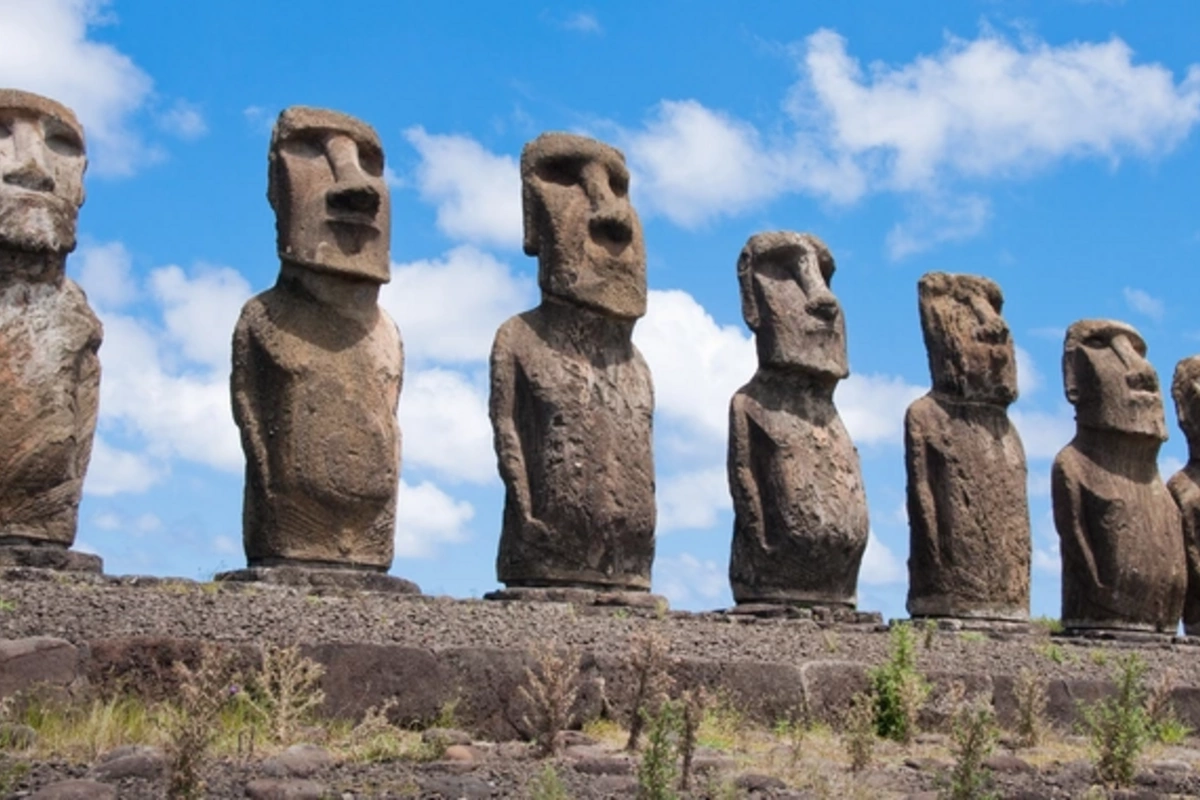27 Nov , 22:16
0

Moai Mystery Solved: Giant Easter Island Statues Were Created Not by Central Authority but by Multiple Independent Communities. These are the results of a study by scientists from Binghamton University, published in the scientific journal PLOS One.
The majestic Moai, which traditionally were considered "frozen faces" of ancestors and symbols of centralized power, have gained a new history. Researchers made a breakthrough in understanding the labor organization of ancient craftsmen by carefully studying the main Rano Raraku quarry using modern technologies—drones and photogrammetry.
The high-precision three-dimensional model created by scientists allowed them to see the smallest traces of ancient craftsmen's work: slopes, niches, and grooves. Researchers discovered impressive numbers: 426 moai at different stages of production, 341 trenches marking the contours of future statues, 133 empty niches, and 5 stone pillars used for attaching ropes when lowering completed statues.
Detailed analysis revealed an unexpected picture: the quarry was divided into 30 separate work zones. Each zone had its own stone processing methods, with the entire process of statue creation—from the initial stage to completion—taking place within a single territory. According to research leader Carl Lipo, such labor organization resembles a network of independent workshops rather than production with a single control center.
The new data align well with previous discoveries by this same group of scientists. Earlier, they proved that moving the moai required only a few people who could "walk" the statue by rocking it from side to side. This means transportation did not require numerous workers and strict coordination. Archaeological findings also indicate that freshwater sources belonged to different communities rather than being controlled by a single center of power.
"All these facts point to a decentralized structure of Rapanui society, where different communities could both cooperate and compete with each other. The creation of Moai appears not as the execution of an order from a supreme ruler, but rather as a way to demonstrate the power of one's own community," emphasizes Professor Lipo.